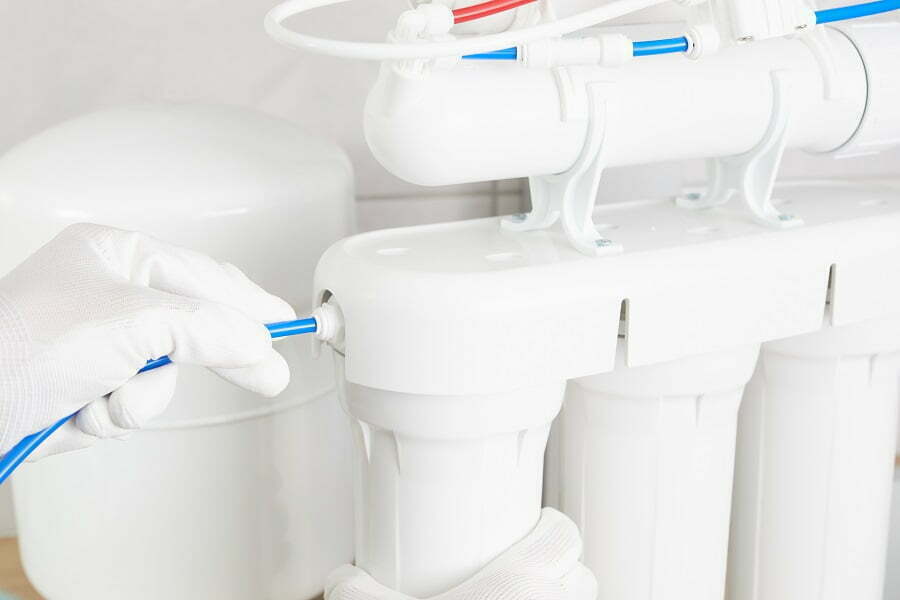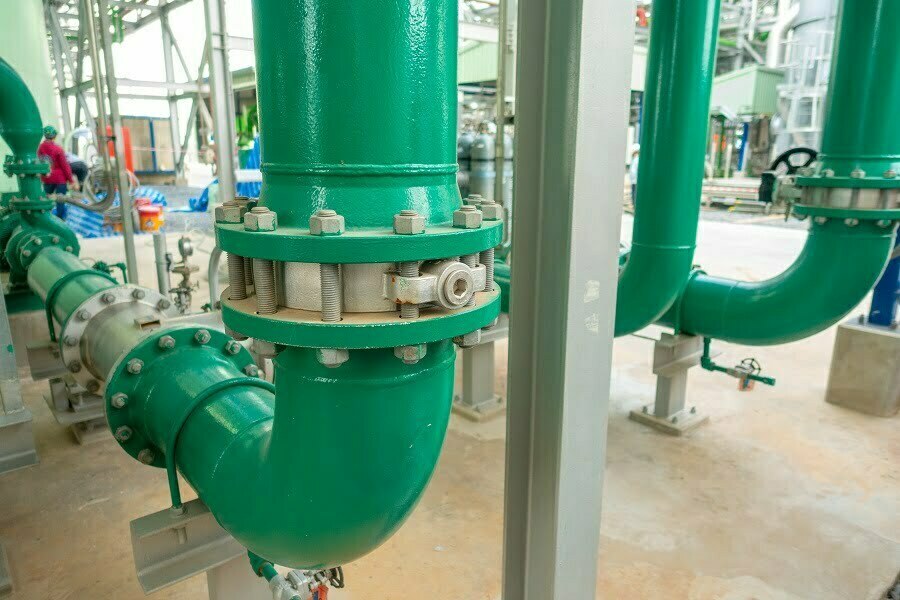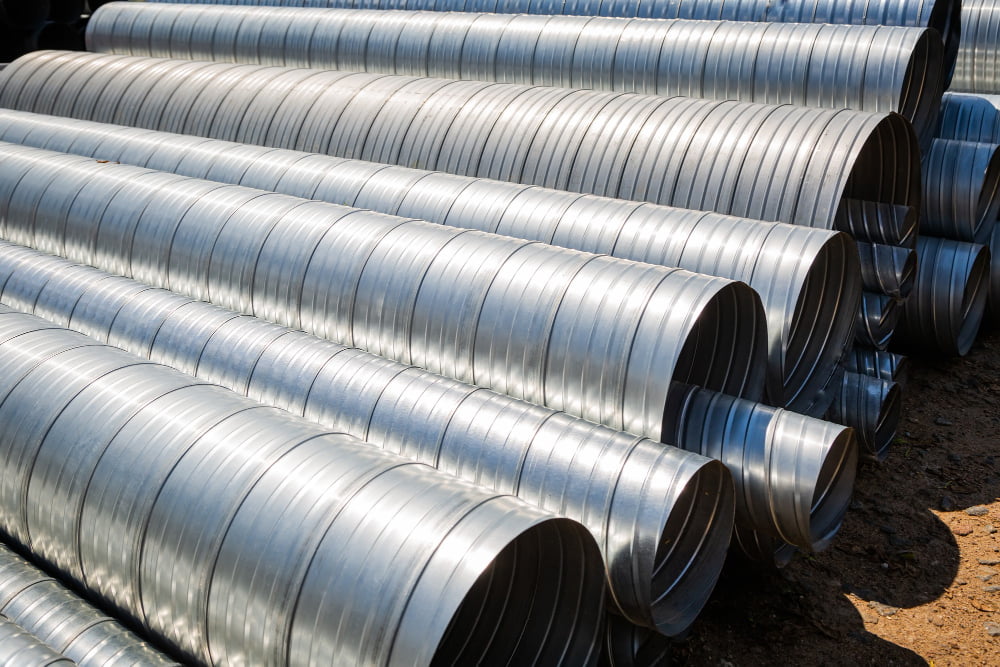Last updated on
The symphony of nature is conducted on the grandest of scales, from the migration of birds across continents to the delicate dance of microorganisms beneath our feet. In this masterpiece, the role of wastewater treatment stands as both a guardian of public health and a crucial steward of ecosystems.
These vital systems are not mere industrial installations; they are the lifeblood of environmental preservation, playing an essential behind-the-scenes role in safeguarding our waterways, wildlife, and ultimately, our future.
Understanding Wastewater Treatment
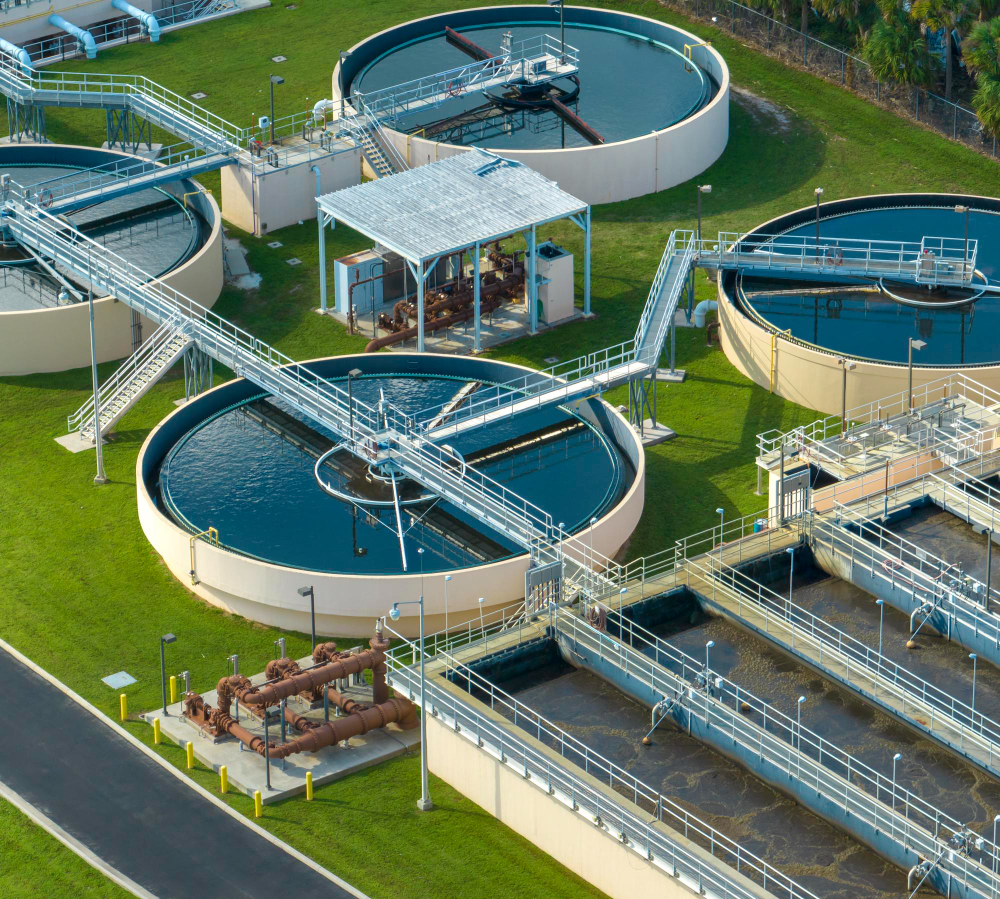
To appreciate the interwoven tapestry of benefits these treatment plants bestow upon our environment, we first must understand the literal mess we begin with. Wastewater, often a cocktail of domestic sewage, industrial effluents, and agricultural runoff, is chock-full of contaminants from pathogens to heavy metals.
Left untreated, it poses dire health risks and catastrophic environmental repercussions, infiltrating precious aquifers and rivers that are the life-supporting arteries of our planet.
The Environmental Benefits of Wastewater Treatment
The treatment process acts as a sieve, removing pollutants that can suffocate marine life and disrupt aquatic ecosystems. Through mechanisms as varied as physical filtration and advanced biological processes, sewage is scrubbed clean before being returned to the environment, its inherent ecology left undisturbed.
Wastewater from coastal communities can directly impact marine sanctuaries and coral reefs, those underwater palimpsests of an ancient and diverse web of life. Treatment plants form a protective barrier, ensuring that what flows back into the sea is as benign as possible, allowing these delicate environments to flourish.
The residue from wastewater treatment, known as sludge, once a problematic byproduct, is now often transformed into a valuable resource. Rich in nutrients and organic matter, this biosolid acts as a natural fertilizer, promoting soil health and productivity. By recycling this waste stream, we prevent the pollution of land and water that can occur from improperly disposed sludge.
Impact on Public Health and Community Well-being
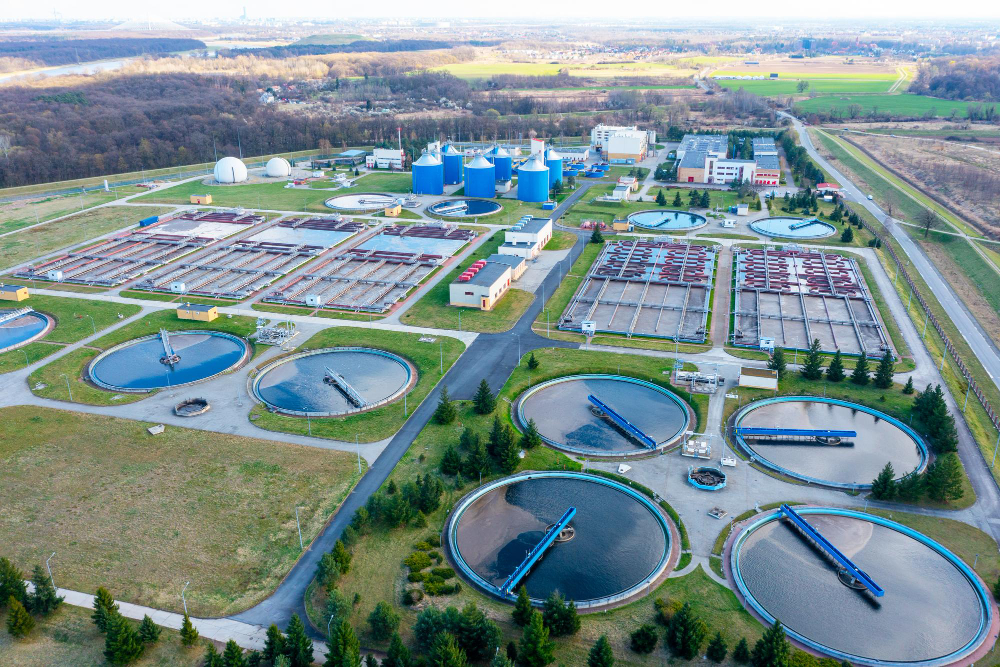
In no small measure, the provision of clean, treated water is a linchpin of public health, preventing the spread of waterborne diseases that have claimed millions of lives throughout history. Wastewater treatment is the unsung hero of this narrative, ensuring that our water is safe to drink, bathe in, and play in.
Treatment facilities are often key community stakeholders, engaged in everything from environmental education to the empowerment of local economies. Namely, a trusted wastewater solutions provider can transform what was formerly a source of dread and disgust into an environmental asset, raising community morale and fostering a sense of pride in local infrastructure.
The benefits of wastewater treatment extend far beyond the physical components and processes that comprise them; they are dynamic social institutions woven into the fabric of our well-being.
Even more so, the ramifications of wastewater treatment go beyond immediate health concerns, contributing to a societal well-being that is difficult to overstate. Treated water supports agriculture, enabling communities to prosper and stave off the conditions that can foster disease and unrest.
Technological Innovations Driving Wastewater Treatment
New treatment modalities like Advanced Oxidation Processes (AOPs) are on the ascent, leading the charge in removing persistent compounds that traditional methods may miss. AOPs harness the power of hydroxyl radicals to break down contaminants, pushing the boundaries of what we can purify from our wastewater.
The convergence of technology and environmentalism doesn’t stop there. Wastewater treatment plants are becoming “smart,” with artificial intelligence and Internet of Things (IoT) devices monitoring and optimizing the treatment process.
By predicting equipment breakdowns and adjusting treatment protocols on the fly, these innovations are reducing operational risks and ensuring peak efficiency.
In the quest for sustainability, some treatment facilities have achieved remarkable feats, becoming energy-neutral through biogas recovery and utilizing treated water for non-potable purposes, thus closing the loop on one of the planet’s most vital resources.
The Takeaway
Wastewater treatment, often out of sight and out of mind, is a linchpin in our environmental and public health infrastructure, ensuring a high quality of life for millions around the globe. These marvels of engineering and ecology require our attention and investment.
They are at the forefront of the battle for a cleaner, safer, and more sustainable future, and for that, they deserve their place in the limelight as vital components in the orchestra of environmental protection.
Related reading:
Table of Contents
